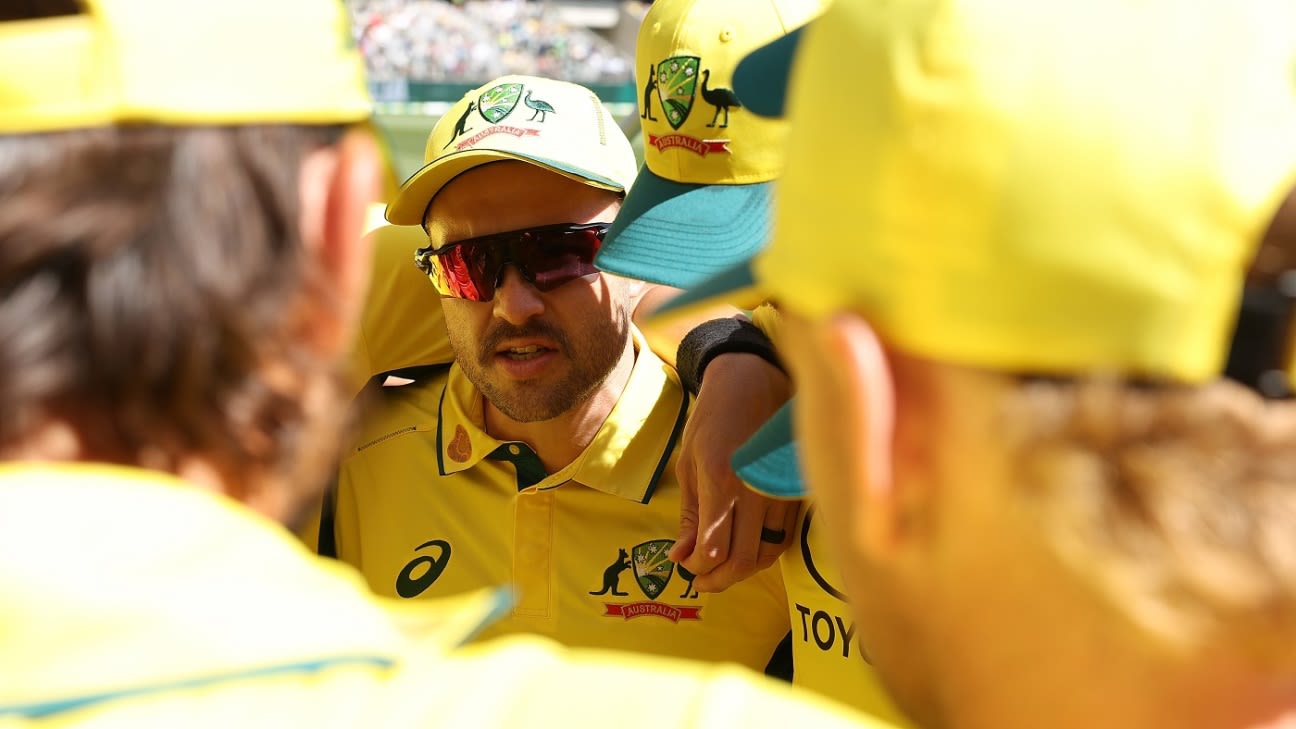Steven Smith’s brief stint as an opener in Australia’s Test team has come to an end, with the former captain expressing a desire to return to his previous position at No. 4. While the move to open was initially met with criticism, it has sparked a debate about the potential consequences of denying Smith’s request.
Smith’s decision to open the batting was driven by a desire for a fresh challenge and a belief that he could contribute more to the team in that role. Despite initial resistance from the captain and coach, Smith’s persistence led to the team hierarchy agreeing to accommodate his request.
However, Smith’s performance as an opener has been mixed. While he made a match-winning 174 not out in New Zealand, his overall average of 28.50 across eight innings was below his usual standards. This has led to questions about whether the move was a success or a failure.
Despite his modest average, Smith’s performance as an opener was comparable to that of other openers in the same conditions. Usman Khawaja, Tom Latham, and Will Young all averaged less than 35 in the same four Tests. Additionally, Smith’s move to open allowed Cameron Green to bat at No. 4, where he made a significant impact.
The decision to move Smith back to No. 4 has potential implications for the team leadership. The new opener will feel pressure to prove themselves, knowing that they were not the first choice. A bolt from the blue like Sam Konstas could provide a clean slate, but it would also raise questions about Green’s future in the team.
Ultimately, Smith’s time as a Test opener will likely be a footnote in his storied career. However, it has raised important questions about the role of player input in team selection and the consequences of denying a player’s request for a change.






